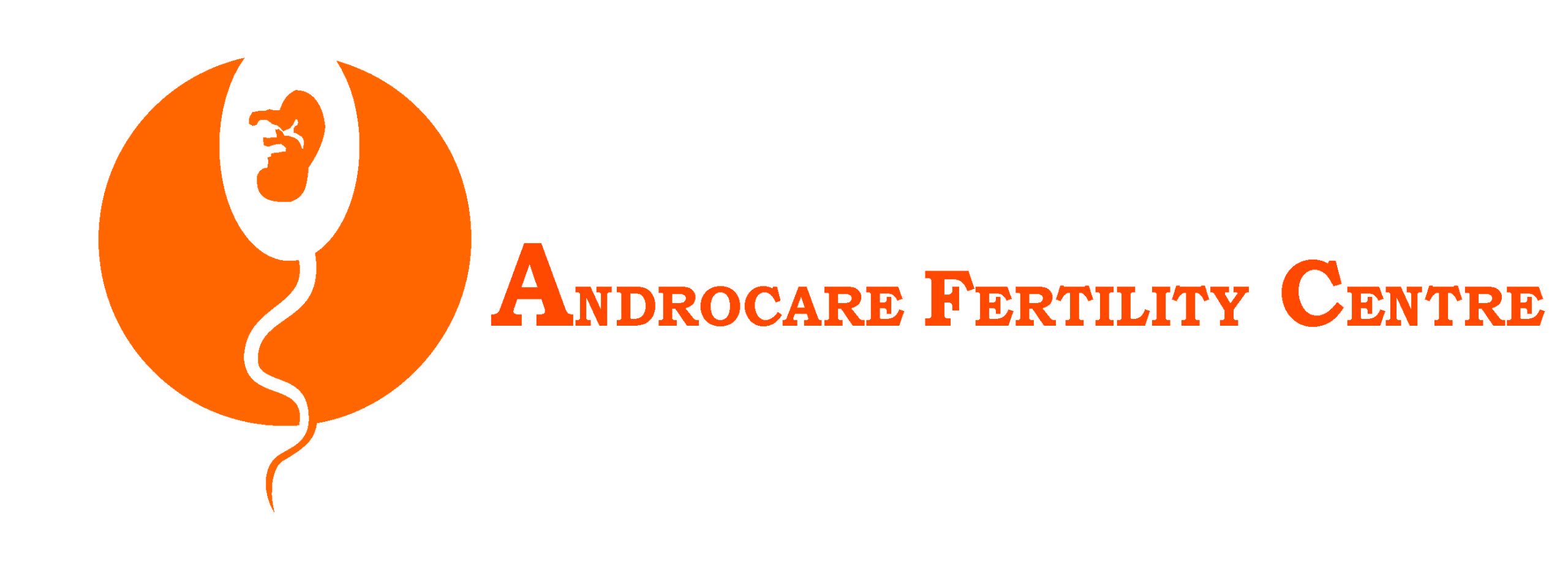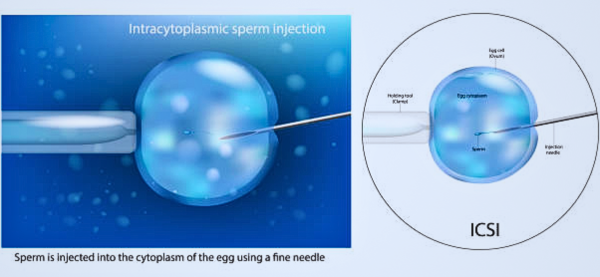6 Intracytoplasmic Sperm Injection Procedure (ICSI): A Comprehensive Guide
Introduction
The landscape of assisted reproductive technology (ART) has seen remarkable advancements, offering hope to couples facing infertility. Among these, the intracytoplasmic sperm injection procedure stands out as a pivotal technique, particularly in addressing male factor infertility.
Where traditional in vitro fertilization (IVF) might fall short, ICSI provides a direct pathway to fertilization. This procedure, while seemingly complex, is rooted in precision and careful execution. For individuals navigating the challenges of low sperm count, poor sperm motility, or other related issues, understanding the intracytoplasmic sperm injection procedure is crucial.
This article aims to demystify ICSI, providing a clear, concise overview of how it works and when it’s recommended, ensuring you’re well-informed about this powerful fertility treatment option.
What is the Intracytoplasmic Sperm Injection Procedure?
The intracytoplasmic sperm injection procedure, or ICSI, is a specialized form of IVF where a single, carefully selected sperm is directly injected into an egg. This direct approach bypasses many of the natural fertilization barriers, making it highly effective for cases where sperm quality or quantity is a concern.
The role of the embryologist is paramount; they meticulously handle both the sperm and the egg, ensuring the injection is precise. Unlike traditional IVF, where sperm and eggs are simply combined in a dish, ICSI requires delicate manipulation under a microscope.
This process, also known as oocyte injection, addresses situations where the sperm’s ability to penetrate the egg is compromised. It’s a testament to the advancements in reproductive medicine, offering a tangible solution for many who would otherwise struggle to conceive. Understanding the nuances of this sperm injection process is key to appreciating its impact.
Common Scenarios for the Intracytoplasmic Sperm Injection Procedure
The intracytoplasmic sperm injection procedure is not a one-size-fits-all solution, but it’s particularly valuable in specific scenarios. Primarily, it’s a go-to for male factor infertility solutions. When men face challenges like low sperm count, poor sperm morphology (abnormal shape), or low sperm motility (reduced movement), ICSI significantly increases the chances of fertilization.
Moreover, if a couple has experienced previous IVF failures due to fertilization issues, the intracytoplasmic sperm injection procedure can be a game-changer. It’s also essential when surgical sperm retrieval techniques, such as testicular sperm extraction (TESE) or percutaneous epididymal sperm aspiration (PESA), are used.
These methods often yield a limited number of sperm, making ICSI’s precision crucial. Furthermore, when using frozen sperm, where viability might be reduced, the intracytoplasmic sperm injection procedure maximizes the potential for successful fertilization. Finally, it’s often a necessary step in preimplantation genetic testing (PGT), ensuring that only healthy embryos are transferred.
A Step-by-Step Guide to the Intracytoplasmic Sperm Injection Procedure
The intracytoplasmic sperm injection procedure involves a series of carefully orchestrated steps. It begins with ovarian stimulation and egg retrieval, a process where medications are used to stimulate the ovaries to produce multiple eggs.
These eggs are then retrieved for the intracytoplasmic sperm injection procedure. Next, sperm preparation and selection are critical. The embryologist carefully selects a single, healthy sperm for injection, ensuring optimal results in the intracytoplasmic sperm injection procedure.
The actual injection process is where the magic happens; using a micromanipulator, the embryologist injects the selected sperm directly into the egg, a delicate and precise maneuver within the intracytoplasmic sperm injection procedure.
Following the injection, the eggs are monitored for embryo development. The resulting embryos are then transferred to the uterus. Finally, fertilization assessment is conducted to confirm successful fertilization after the intracytoplasmic sperm injection procedure.
Each step is crucial, and the precision involved highlights the advancements in reproductive medicine. https://androcarefertilityng.org/understanding-progesterone-levels-in-ivf/
Weighing the Advantages and Considerations of the Intracytoplasmic Sperm Injection Procedure
The primary benefit of the intracytoplasmic sperm injection procedure is its ability to significantly increase IVF success rates, particularly in cases of severe male infertility. By directly injecting sperm into the egg, it overcomes many fertilization barriers.
However, like any medical procedure, ICSI carries potential risks. There’s a slight risk of egg damage during the injection process, though experienced embryologists minimize this. Concerns about potential genetic concerns have been raised, but studies suggest the risk is very low and comparable to natural conception.
It is important to discuss any concerns with your doctor. It’s also worth noting the slightly increased risk of multiple pregnancies, a common factor in many IVF treatments. Overall, for couples facing significant male infertility challenges, the benefits of the intracytoplasmic sperm injection procedure often outweigh the potential risks, making it a valuable tool in assisted reproduction.
Differences between the intracytoplasmic sperm injection procedure and traditional in vitro fertilization.
The key distinction between the intracytoplasmic sperm injection procedure and traditional IVF lies in how fertilization occurs. In traditional IVF, sperm and eggs are combined in a dish, relying on the sperm to naturally penetrate the egg.
ICSI, on the other hand, involves the direct injection of a single sperm into the egg. Deciding between the two depends largely on the specific infertility issues. The intracytoplasmic sperm injection procedure is typically recommended for severe male factor infertility, previous IVF failures, or when using frozen sperm.
Traditional IVF may be sufficient for cases where sperm quality is not a significant concern. A thorough evaluation by a fertility specialist is crucial in determining which procedure offers the best chance of success.
What to Expect During the Intracytoplasmic Sperm Injection Procedure Treatment
Embarking on the intracytoplasmic sperm injection procedure treatment journey requires both physical and emotional preparation. The process begins with ovarian stimulation, followed by egg retrieval, which can cause mild discomfort.
The actual injection process is performed in a lab, so you won’t feel that. The embryo transfer is generally straightforward, similar to a pap smear. Throughout the treatment, it’s crucial to maintain open communication with your fertility specialist.
They can provide guidance, address concerns, and offer support. The emotional aspect of fertility treatment can be challenging, so seeking support from partners, family, or support groups can be beneficial. Understanding the treatment timeline and managing expectations are key to navigating the ICSI journey successfully.
Conclusion
The intracytoplasmic sperm injection procedure represents a significant advancement in addressing male infertility. Its ability to overcome fertilization challenges has brought the dream of parenthood within reach for many couples.
While the process involves several steps and considerations, the potential benefits are substantial. For those facing male factor infertility, ICSI offers a targeted and effective solution. Seeking guidance from experienced fertility clinics and specialists is essential.
They can provide personalized care and support, ensuring you make informed decisions on your path to building a family.
How does the intracytoplasmic sperm injection procedure work?
The procedure involves directly injecting a single, selected sperm into an egg, bypassing the natural fertilization process.
What are the ICSI success rates?
Success rates vary, but ICSI significantly improves fertilization rates, particularly in cases of severe male factor infertility.
Is the intracytoplasmic sperm injection procedure painful?
The egg retrieval process may cause some mild discomfort, similar to menstrual cramps. However, the actual injection of sperm into the egg is performed in a lab setting, so you will not feel it.
What is the cost of the intracytoplasmic sperm injection procedure?
The cost varies depending on the fertility clinic, location, and any additional treatments required. It is best to consult with your fertility specialist for an accurate estimate.
Are there genetic abnormalities associated with the intracytoplasmic sperm injection procedure?
While there have been concerns, studies suggest that the risk of genetic abnormalities associated with ICSI is very low and comparable to natural conception. However, it is always recommended to discuss any concerns with your doctor.
When is ICSI recommended over traditional IVF?
ICSI is typically recommended for cases of severe male factor infertility, previous IVF fertilization failures, or when using frozen sperm or surgically retrieved sperm. It addresses situations where natural fertilization is unlikely.

